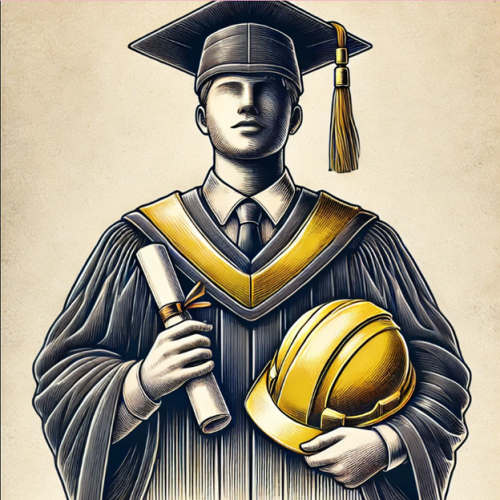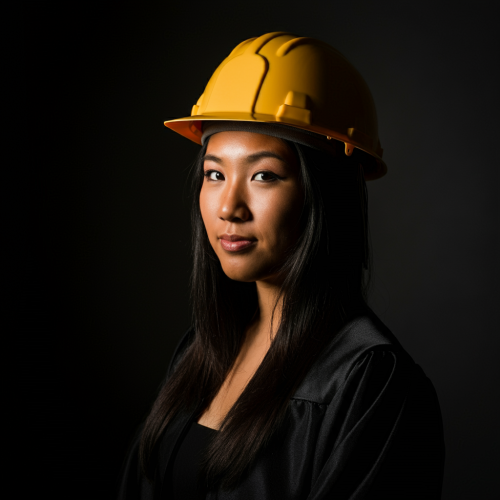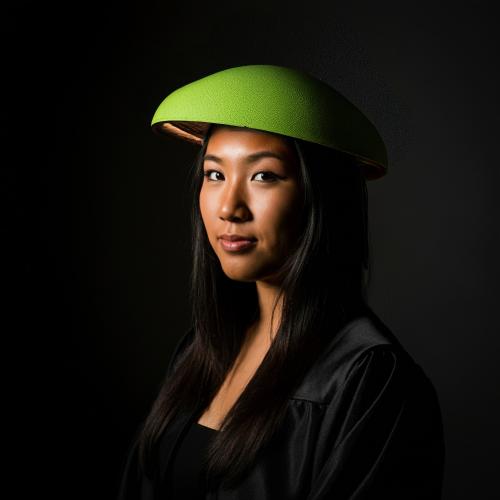
Adventures In AI Image Generation
Can AI help us in advancement?
Quick Summary
- Having access to compelling, original images can be a challenge for advancement writers. ASC member Ken Setzer shares lessons learned as he explores a number of AI image generators on his quest to create the right photo for a project.
In the constant search for impactful images, artificial intelligence may help—or at least amuse—advancement writers.
We’ve all been there: you are deep into writing a proposal or impact report to show a donor the positive effects of their past or potential philanthropy. Everything's going smoothly until you realize you don't have any decent photos. Or you are making a pitch for a building that doesn’t yet exist, and there are no renderings.
Some graphic designers can custom-illustrate, but it’s time consuming and costly. Stock images might work, but can get pricey, may have already been overused, and sometimes lack sincerity and appear generic.
Can AI-generated images fill this need? After seeing the weird images AI produces, I naturally tried it out for myself, often with hilarious results. However, as the technology improves, and I refine my prompts, I have gotten some surprisingly useable images in just minutes.
Venturing In
For my current project, I wanted an image conveying a college grad entering a future in construction management. My basic prompt was “college graduate in a graduation gown but wearing a construction hardhat.” Cliché, yes, but a start. I won’t pretend to know how it functions, but AI depends on our input, so it’s important to specify in your prompt what style you envision (formal, casual, humorous, etc.), and whether you want something photorealistic, or sketchy, in color or black and white, and so on. You can even generate photorealistic images based on different types of camera film.

I tried the free version of ChatGPT Dall-E, which allows only one image to be generated per day. This illustration is pretty good, but the student is not wearing the hardhat, only holding it. Plus, I wanted a photo.
Let’s try Imagen 3, a Google product.

The same prompt yielded a good image, but more of a formal portrait. How can I more strongly convey a college graduate with a future in construction?
Then I typed something like “re-create the same image, but make the hardhat green.” For some reason, the hardhat morphed into a giant lime slice or . . . something.

Canva, a go-to design tool for non-designers, now has a built-in AI image generator. I found it less capable than the others. AI-generated people in general tend to look “waxy” to me, like mannequins. Also, people’s eyes are often quite off-putting. These two generated from Canva’s AI are no exception.


Photoshop also has AI image generation options built into the software. Photoshop has a fairly steep learning curve, but if you are familiar with it, the AI images can be edited right in the program.

On first glance this one looks perfect. But the guy’s eyes are strange; they don’t reflect light. And on closer inspection, why is his left arm tucked away like that, and where is his other arm? If I could tell the software to generate the same image, minus the man, it would be useable. However, it rarely works out that way.
Avoiding the Pitfalls
I encourage you to give AI images a try, but here are a few pitfalls to watch for. Skin may appear unrealistically perfect and waxy. Eyes are often rendered in unnerving ways. You must also look very closely at every part of an image—I have found hands with incorrect numbers of fingers, or strangely elongated and twisted digits. A graphic designer can often fix small irregularities like this. In general, an illustration is a safer bet if you don’t need a photorealistic image.
One aspect I thought would be easy was requesting my university’s name to appear on a person’s t-shirt; it always failed, with odd typos and different-sized characters rendered.
Bear in mind some AI programs offer subscriptions, so they may offer better controls and results than free options. Certain free programs are also limited to square images or similar constraints.
While AI may one day become our overlord, right now it is still (near) hit or miss. I don’t think AI threatens our livelihoods—in writing or image generation—at least not for the immediate future. And there’s still significant controversy over protecting the original creatives whose work is used to train AI without compensation.
The Winner ... For Now
I ended up using an image generated in Photoshop and having it edited by a real-life graphic designer. Here it is before being touched up. Can you spot the weirdness?

Hint: look at his right hand.
About the Author: Ken Setzer has been an editor at the Florida International University Foundation for five years. He has over 20 years’ experience at the university overall, and has also been a magazine editor and gardening columnist for the Miami Herald.
Do you have an idea for a blog post? Send it to scknox@ucdavis.edu !
